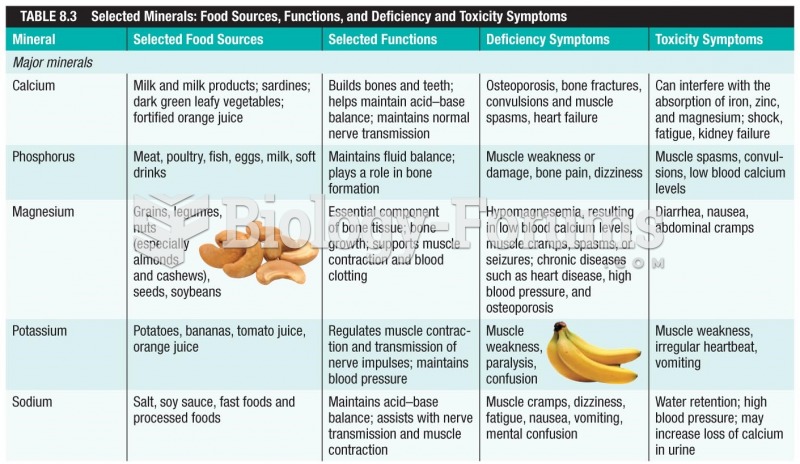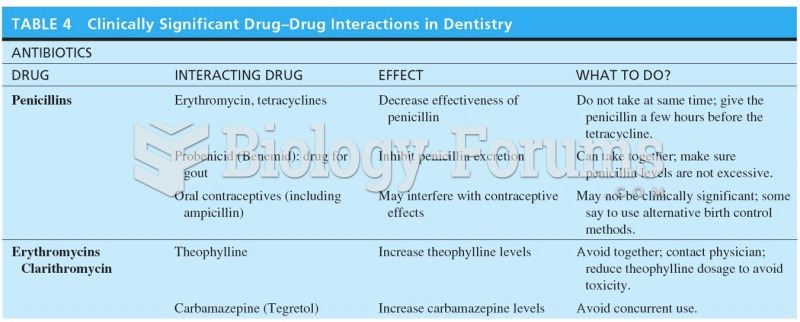Answer to Question 11. A drug banned by the FDA since 1977 is laetrile, which is derived from the kernels of
apricots, almonds, and peaches. The FDA banned it because after extensive studies it
was found to have no effectiveness in treating cancer and, indeed, sometimes caused
cyanide poisoning. It costs thousands of dollars a week for treatments. Since it was
banned, there have been several prosecutions for transporting it across state lines in the
United States. Despite the ban, many desperate cancer patients travel to Mexico, where
it can be obtained. The actor Steve McQueen travelled to Mexico in 1980 for treatment
of his cancer. Although he initially said he was pleased with results, he died shortly after
the treatments. Should desperate cancer patients like McQueen be allowed to take
laetrile, even if it is not effective, if it gives them some sliver of hope in advanced stages
of the disease? Is use of the drug a victimless crime?
2. The disease of a young leukemia patient named Chad Green responded well to initial
chemotherapy treatments, but his parents insisted that he instead be treated with laetrile
because of the unpleasant side effects of chemotherapy. When the state of
Massachusetts took protective custody of the boy so chemotherapy could be resumed,
his parents fled with him to Mexico, where he was again treated with laetrile. He died a
few months later, apparently of cyanide poisoning. Is this situation the same as
McQueen's? Is it more justifiable for the government to act as a parent to protect
children like Chad?
3. In the 1980s during the early years in the U.S. of the AIDS epidemic, AZT was the first
promising drug therapy to be developed. Because the life expectancy of AIDS patients in
that era was so short, they demanded that they be allowed to start taking the drug before
clinical trials could be conducted on its effectiveness. In 1987, FDA approved providing
the unproven drug to AIDS patients immediately, as circumstances surrounding AIDS
were unique. Two years later, after completion of scientific clinical trials, it was
determined that AZT did indeed lengthen life expectancy of AIDS patients and it was
approved by FDA. Was the FDA justified in this unusual distribution of an unproven drug
in that era? Should this flexibility be granted more frequently? If the results of the clinical
trial had shown that AZT actually shortened life expectancy or made no difference,
would that alter your conclusions? Does the taking of AZT without FDA approval
constitute a victimless crime? How is this situation similar to and different from the
laetrile example above?
Answer to Question 21. Defend Kudlow's claim that the banks committed a victimless crime and should not be
charged with a crime.
2. Defend Taibbi's claim that these actions were not victimless.
3. If you are a business major familiar with LIBOR, research reliable sources beyond these
statements by Kudlow and Taibbi to argue in more detail whether or not you believe this
was a victimless crime.







